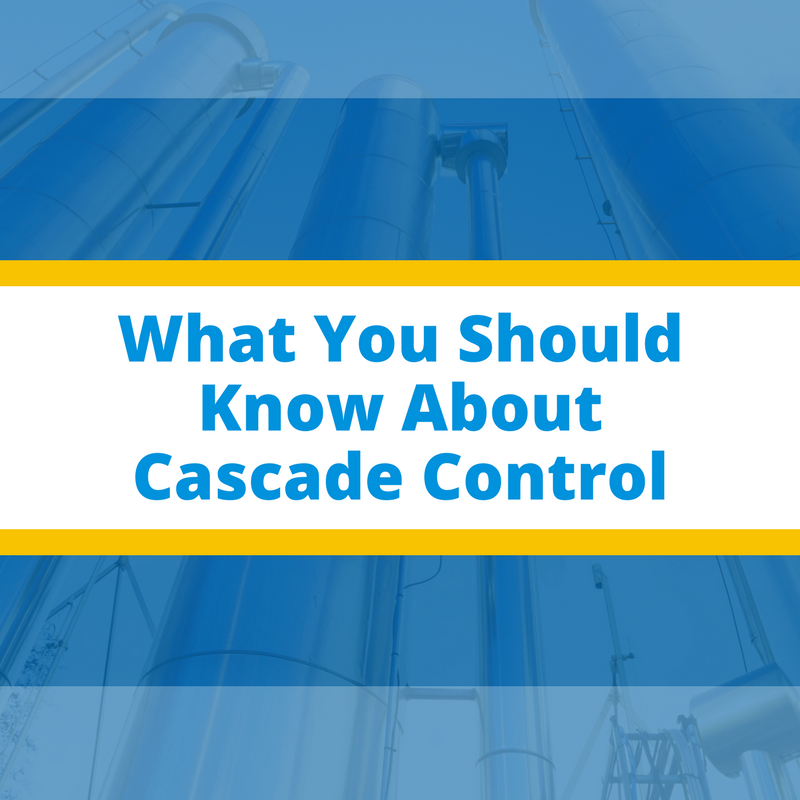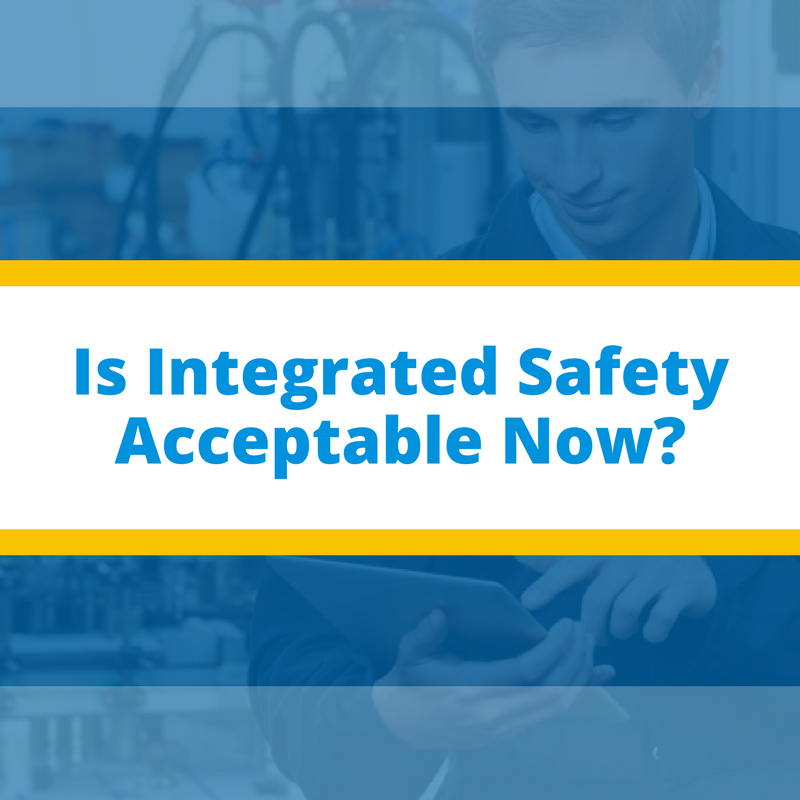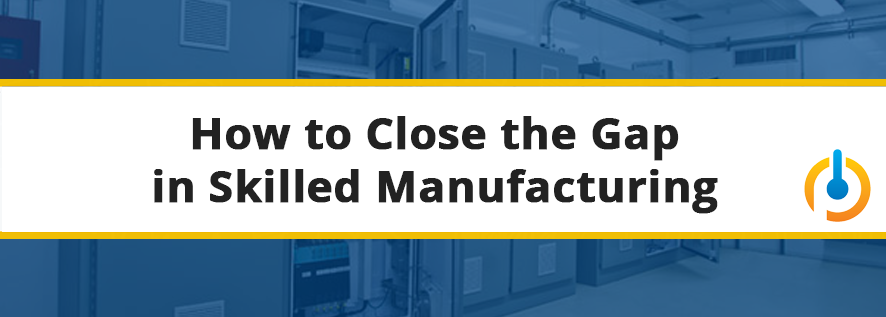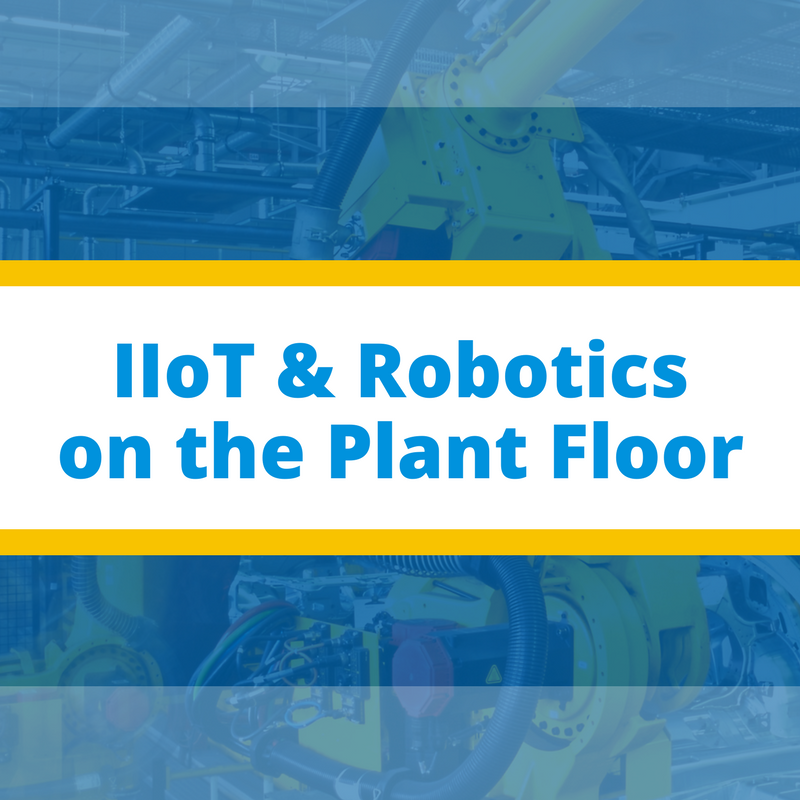Because of their many benefits, Variable Frequency Drives, or VFDs, are swiftly surfacing in large industrial systems with complex motor systems requirements. The benefits of VFDs include higher system efficiency, operation flexibility, and improved reliability. The key to success behind this adoption of VFDs is developing clear-cut, well-defined requirements for running drives and motors. Having requirements in such a form allows components to be designed in an optimum manner, resulting in highest reliability and lowest cost of ownership.
Premier Automation
Recent Posts
Integrated Drive Systems Ensure Application Reliability
Multiple sensors are often used for measuring parameters in controlled processes. In such cases, cascade control systems offer a much more viable and better choice than traditional single-measurement controllers. For instance, a temperature sensor that measures and alters the valve actuator in a steam-fed water heater may seem like a complete solution, but it would start to bottle-neck once multiple parameters start chipping in, such as mechanical friction.
Maximize ROI with an Integrated Approach to Control Systems
Industrial organizations are aligning themselves with Industry 4.0 and IoT not because it’s a general trend, but because such automation technologies can greatly influence one of the most important factors in a business: profitability.
The best way to ensure a high return on investment is adherence to open standards, allowing frequent upgrades at manageable costs, effectively future-proofing an industry’s infrastructure. For decades, PLCs have been the backbone of all automation technologies. Advancements in embedded cybersecurity, compliance to communication standards, and greater integration capabilities are all factors that can notch-up the productivity and reliability of PLC applications.
Promoting a Renewable Energy Future with High-Voltage DC Transmission
Renewable energy is by far the best way to limit dependency on fossil-fuels, and stop the deteriorating situation of the environment, globally. However, the current power system is a stark reminder of legacy technologies, not to mention highly dependent on age-old principles and techniques, putting up hurdles for the integration of renewable energy plants.
In addition, transmission and distribution networks often face project delays, due to reasons such as right-of-way, resistance from activist groups, and limited financing options.
Safety should never be seen as a function, forcefully imposed upon a well chalked-out process. Integrated safety has long been seen a dangerous concept to masquerade with, making manufacturers design safety as a separate component. While doing so may make planning easier by adding another major step into the entire process, it actually adds complexity in the form redundancies.
Companies are now realizing this point and gradually shifting towards integrated safety concepts. For instance, Paper Converting Machine Corporation in Green Bay, Wisconsin uses an integrated safety platform from Rockwell to help its engineers plan upgrades while keeping safety in the equation. The integrated controls mean the engineers can perform all sorts of risk assessment while defining the functional requirements early in the design process. In addition, the engineers work in one programming environment since all the process and safety controls are on the same platform.
Collaborative Robotics vs. Traditional Robotics in Manufacturing
There is no one-size-fits-all solution in the world of manufacturing. Automating processes is a complex issue, with robots ranging from the size of an insect to as powerful enough to move automobile chassis. In recent years, a new term has been coined by manufacturers and machine builders to define a breed of robots that can work in conjunction with human presence: collaborative robots, or cobots.
The widespread adoption of power electronics in the industrial sector did lead to astonishing energy savings, however at the same time it also increased the presence of a negative factor within the electric grid: Harmonics.
Harmonics are voltage & current waveforms that are sinusoids with frequencies that are some multiple of the base signal’s frequency. Normally, the world follows a pure sinusoid of either 50Hz or 60Hz. When a harmonic of 3rd order is introduced at a 60Hz power system, a component of frequency 180Hz is added to the system. This in effect, distorts the shape of the voltage & current signal that is fed to the appliance/component/machine. Example of non-linear loads include battery chargers, UPSs, VFDs, LED drivers, electronic ballasts, etc., most of which are usually found within commercial or industrial buildings.
Focus on Training to Solve the Skills Gap in Manufacturing
Pittsburgh was once as renowned for pollution as it was for industry and manufacturing. Decades after the Smoky City cleaned up its act and became a modern pillar of education, healthcare, technology, and finance, many people still associate Pittsburgh with a coal-gray haze.
Now manufacturing itself has undergone a millennial renaissance, yet it still carries a bad reputation as dirty and dangerous work.
But like Pittsburgh, the nature of industry has changed.
The excitement and thrill regardingInternet of Things (IoT), Smart-Factory and Industry 4.0 keeps on sky-rocketing, especially as more manufacturers start embracing these concepts. The Industrial Internet of Things (IIot) is based on forming connections between sensors and equipment, and manipulating the data collected as basis for intelligent decisions. This data alone is then responsible for insights, trends, predictions, etc. that can help organizations boost their productivity.
Data has always been there around us; it’s only a matter of harnessing it that makes all the difference. The Industrial Internet of Things is poised to revolutionize manufacturing by arming devices with data and connecting them to a centralized system. In theory, this would enable them to do anything from providing in-depth data, learning machine’s workings and optimizing operations.












